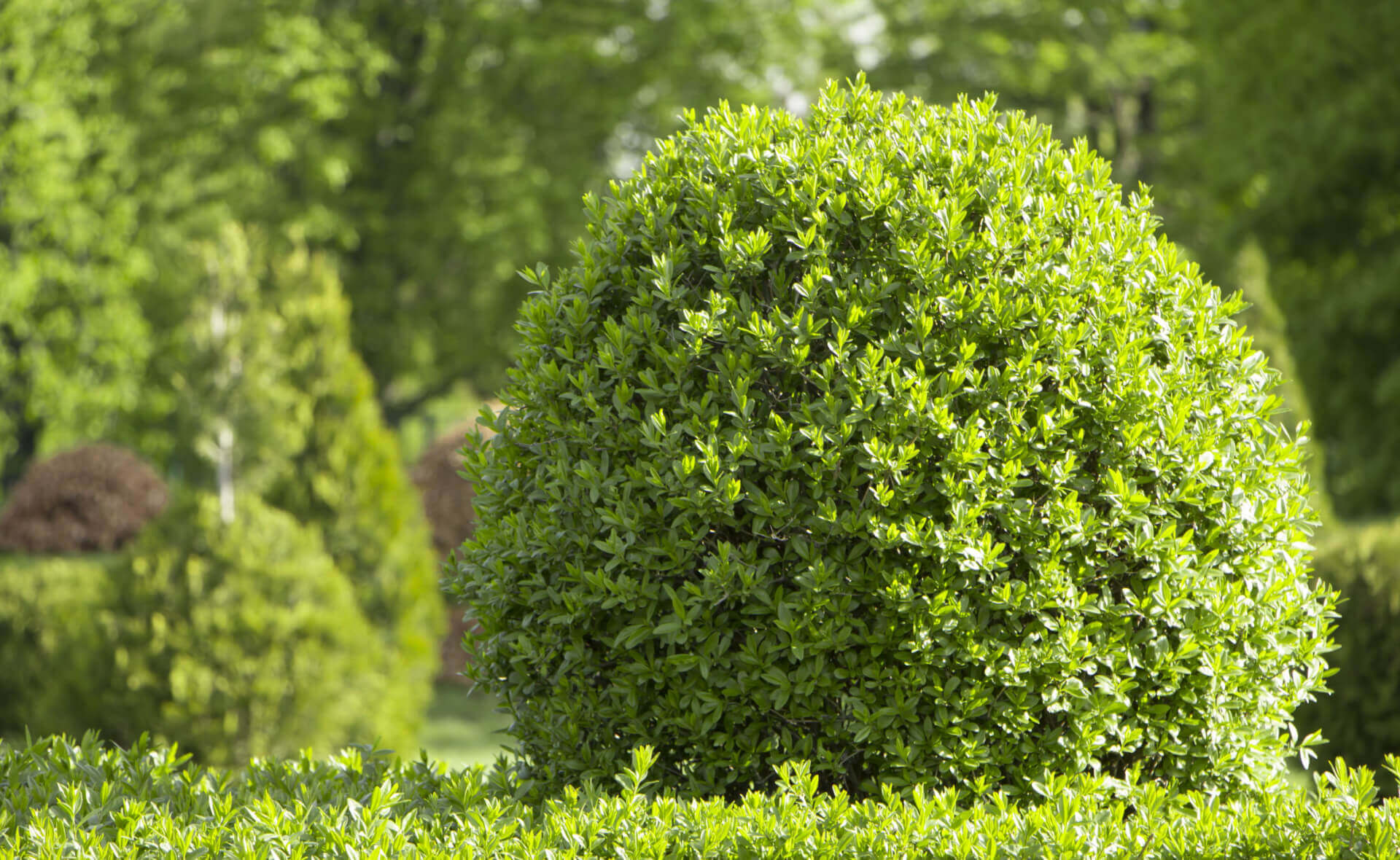Privets: A Comprehensive Guide to Varieties, Uses, and Care

Share
More than Shrubs
Privets, a diverse group of shrubs and small trees, have long been cherished for their versatility in landscaping and gardening. With several species and varieties available, they offer a range of choices to suit different purposes and climates. This guide will explore some of the most notable privets, focusing on wax leaf privets, northern privets, California privets, and hills privets. We will also explore their various uses and essential care and maintenance practices.
I. Types of Privets:
- Wax Leaf Privets (Ligustrum japonicum): Wax leaf privets, scientifically known as Ligustrum japonicum, are prized for their evergreen foliage and glossy, waxy leaves. Native to Japan, these shrubs grow moderately, up to 6 to 12 feet. They produce fragrant white flowers in late spring, followed by small, dark berries in the fall. Wax leaf privets are excellent for creating hedges and screens, providing year-round greenery and privacy.
- Northern Privets (Ligustrum x ibolium): Northern privets, a hybrid of Ligustrum vulgare and Ligustrum obtusifolium, are known for their cold tolerance. They can withstand harsh winters and are often used in northern regions. These privets are compact and grow to 8 to 10 feet. Their dense foliage and ability to tolerate pruning make them popular for hedges, topiaries, and border plantings.
- California Privets (Ligustrum ovalifolium): California privets, or Ligustrum ovalifolium, are native to Japan and Korea but have become widely naturalized in California and other parts of the United States. They are versatile, fast-growing shrubs with oval-shaped, dark green leaves and fragrant white flowers. California privets are commonly used as hedges and foundation plantings due to their adaptability and ease of maintenance.
- Hills Privet (Ligustrum vulgare): Hills privet, also known as wild or standard privet, is native to Europe and Asia. Unlike other privet species, it has semi-deciduous leaves that turn yellow in the fall. Hills privet can grow up to 15 feet tall and is suitable for creating informal hedges and wildlife-friendly gardens. Its clusters of white flowers provide food for pollinators, making it an eco-friendly choice.
II. Uses of Privets:
Privets serve a variety of purposes in landscaping and gardening:
- Privacy Screens and Hedges: All privet varieties are excellent choices for creating privacy screens and hedges due to their dense foliage and rapid growth.
- Topiary and Formal Gardens: Privets can be pruned and shaped into intricate topiary designs, making them a favorite in formal gardens and landscape architecture.
- Ornamental Shrubs: With their attractive foliage and occasional blooms, privets make beautiful ornamental shrubs for borders, walkways, and entryways.
- Wildlife Gardens: Some privet species, such as hills privet, provide habitat and food for wildlife: birds and pollinators.
- Air Pollution Tolerance: Privets are known for their ability to withstand air pollution, making them suitable for urban landscapes.
III. Care and Maintenance of Privets:
To keep your privets healthy and thriving, follow these care and maintenance guidelines:
- Planting: Choose a well-drained location with full to partial sunlight. Space privet plants according to their mature size to avoid overcrowding.
- Soil and Fertilization: Privets thrive in fertile, loamy soil. Amend the soil with organic matter if necessary.
- Fertilize during spring with a slow-release fertilizer.
- Watering: Water regularly during the first year to establish the root system. Once established, privets are drought-tolerant but benefit from consistent moisture during dry spells.
- Pruning and Trimming: Regular pruning and trimming help maintain the desired shape and size. Prune after flowering to avoid cutting off new growth.
- Pest and Disease Management: Look for pests: aphids, scale insects, and fungal diseases. Use appropriate insecticides or fungicides as needed, following label instructions.
- Mulching: Apply mulch at the base of the shrubs to conserve moisture and suppress weeds.
Shaping
Shaping privets is a creative endeavor in gardening, allowing you to sculpt these versatile shrubs into various forms. To shape privets effectively, follow these fundamental principles:
- Pruning: Regular pruning is essential to control size and shape. Trim privet branches when they grow actively in late spring or early summer, avoiding harsh winter pruning.
- Topiary: Privets are ideal for topiary, where you can craft intricate shapes and forms. Use specialized shears to sculpt geometric or whimsical designs.
- Formal Hedges: For a classic, traditional look, trim privets in a straight, uniform manner, maintaining a tidy, squared-off appearance.
- Informal Hedges: For a more natural appearance, prune with slight variations in height and shape to create a casual, textured hedge.
With patience and practice, privets can be shaped to suit your garden's aesthetic and functional needs. Privets, with their diverse species and adaptable characteristics, offer gardeners and landscapers a wide range of options for enhancing outdoor spaces. Whether you choose wax leaf privets, northern privets, California privets, or hills privets, understanding their unique features and proper care techniques is essential for their successful cultivation. From creating privacy screens to supporting wildlife and adding ornamental value, privets have become a versatile and valued addition to gardens and landscapes worldwide.
